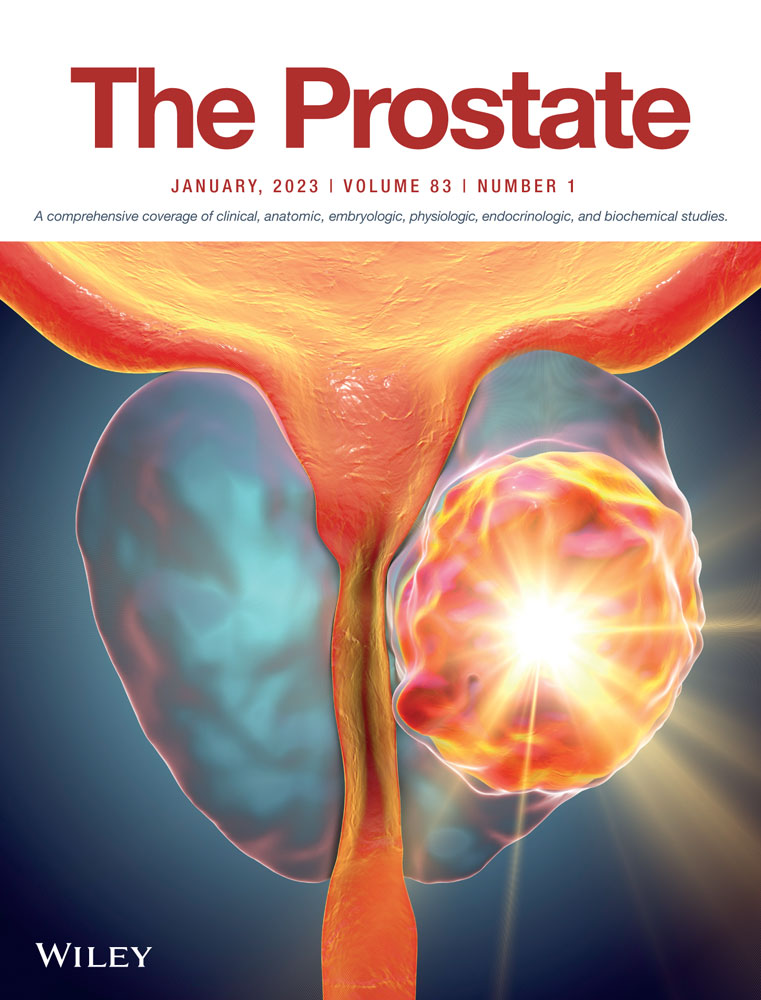Efficiency and clinical outcomes of Moses technology for holmium laser enucleation of the prostate: An evidence-based analysis
These authors contributed equally to this study.
Abstract
Background
To compare the safety and clinical efficacy of Moses laser enucleation of the prostate (MoLEP) with those of holmium laser enucleation of the prostate (HoLEP) for treating benign prostatic hyperplasia (BPH).
Methods
We systematically searched PubMed, Embase, Web of Science, China National Knowledge Infrastructure (CNKI), Wanfang databases, and SinoMed databases. The retrieval period was from the establishment of the database to March 2022. Stata17.0 was used for calculations and statistical analyses.
Results
This study included 12 articles comprising 1160 patients for meta-analysis. Compared with those of the HoLEP group, the hemostasis time (weighted mean difference [WMD] = −4.66, 95% confidence interval [CI] [−6.47, −2.84], p < 0.001), enucleation time (WMD = −7.23, 95% CI [−10.67, −3.79], p < 0.001), operative time (WMD = −15.02, 95% CI [−20.50, −9.53], p< 0.001), length of hospital stay (WMD = −15.02, 95% CI [−20.50, −9.53], p< 0.001), intraoperative blood loss (WMD = −11.19, 95% CI [−12.94, −9.44], p< 0.001), and total postoperative complications rate (OR = 0.51, 95% CI [0.32, 0.81], p = 0.004) were shorter in the MoLEP group. Postoperative quality of life (WMD = 0.30, 95% CI [0.00, 0.59], p = 0.047) was lower in the HoLEP group, and there were no statistically significant differences in the International Prostate Symptom Score, postoperative maximum urinary flow rate, and postoperative residual urine (p > 0.05).
Conclusion
MoLEP has more advantages than HoLEP in terms of safety, shorter operation time and hospital stay, and fewer complications. However, this conclusion needs to be verified with a larger sample size, longer follow-up time, and multicenter randomized controlled trial data.
CONFLICT OF INTEREST
The authors declare no conflict of interest.
Open Research
DATA AVAILABILITY STATEMENT
All data generated and analyzed during this study are included in this published article.




